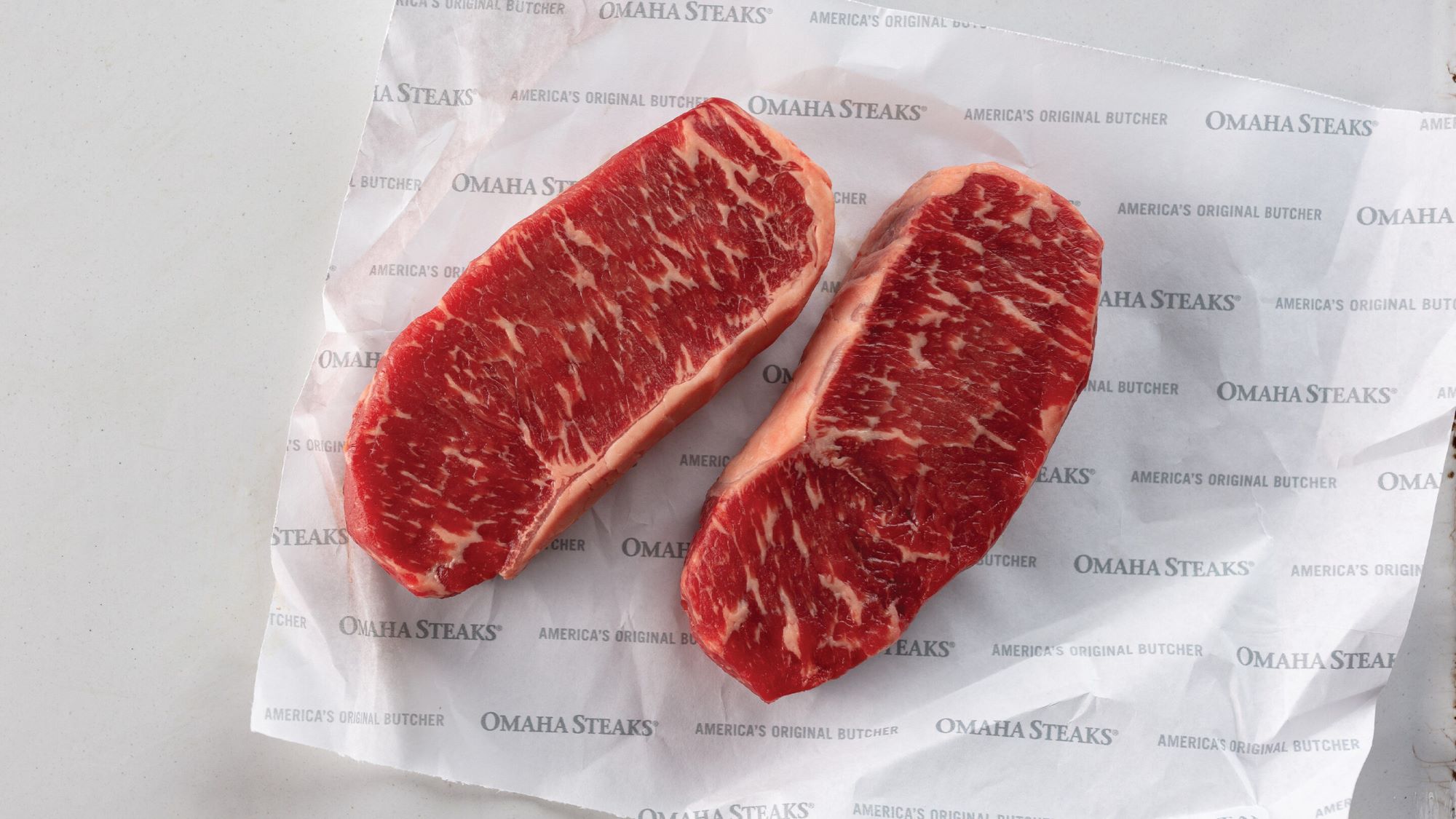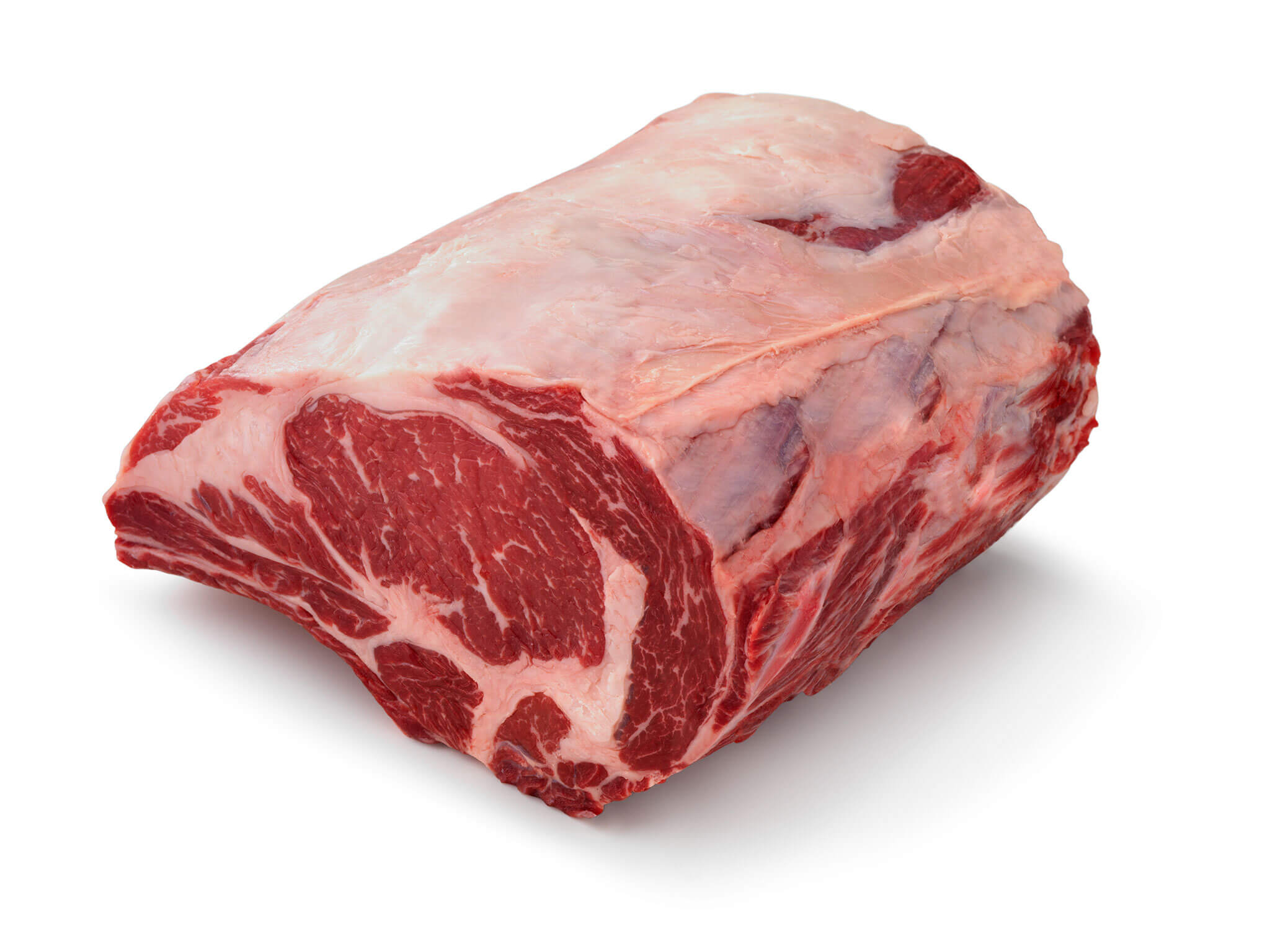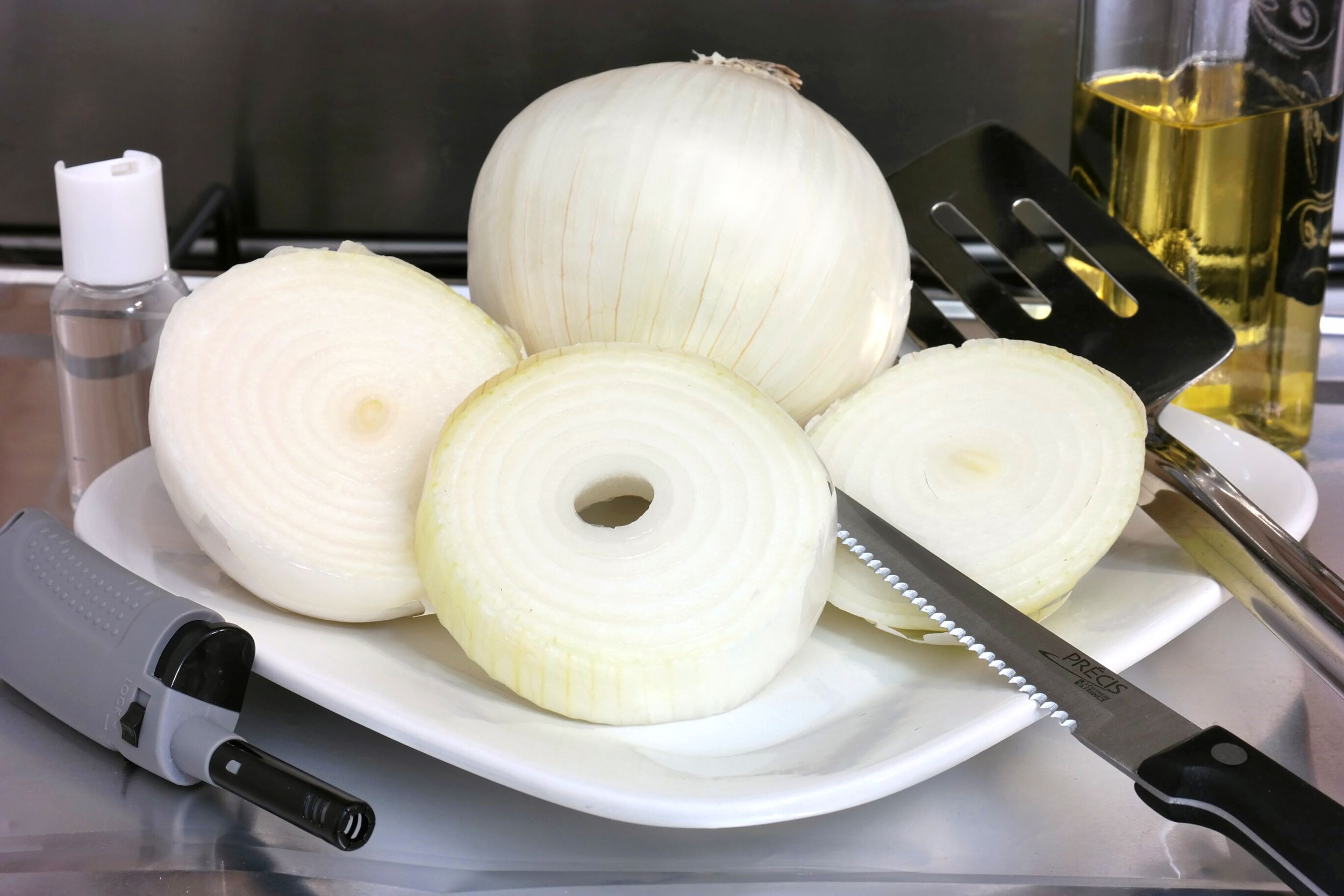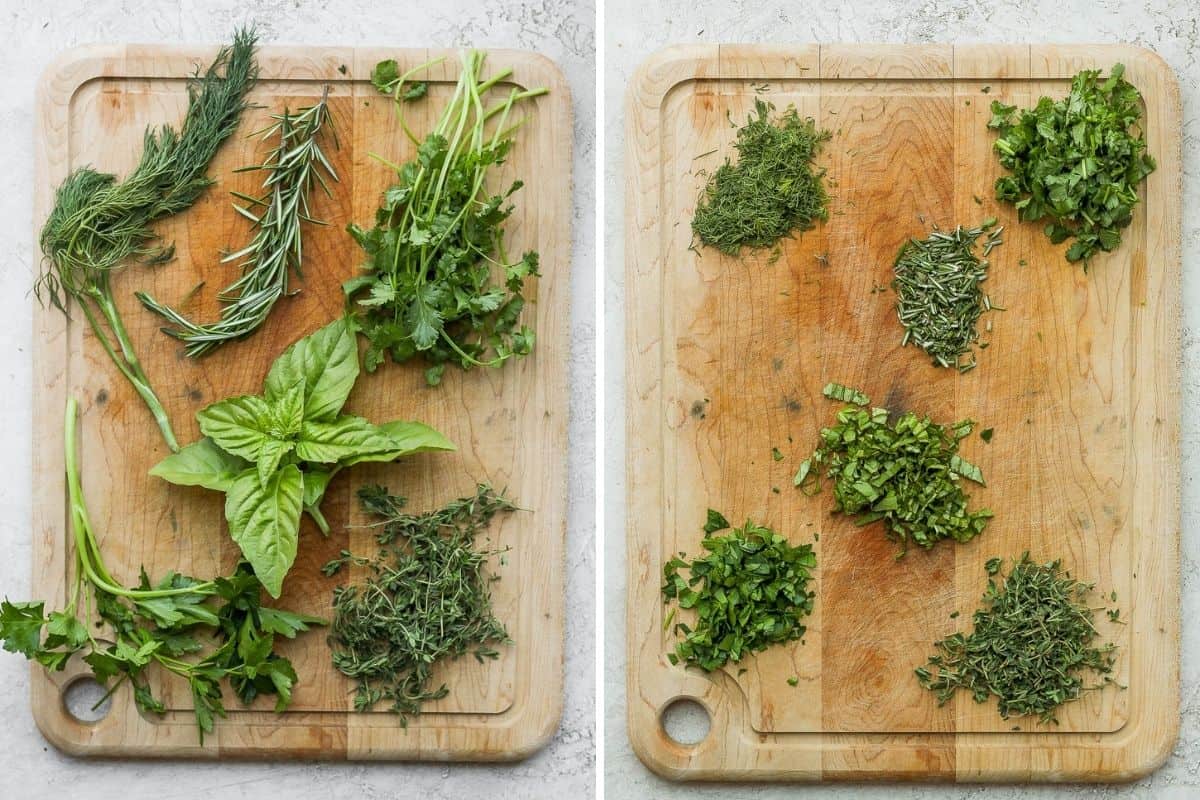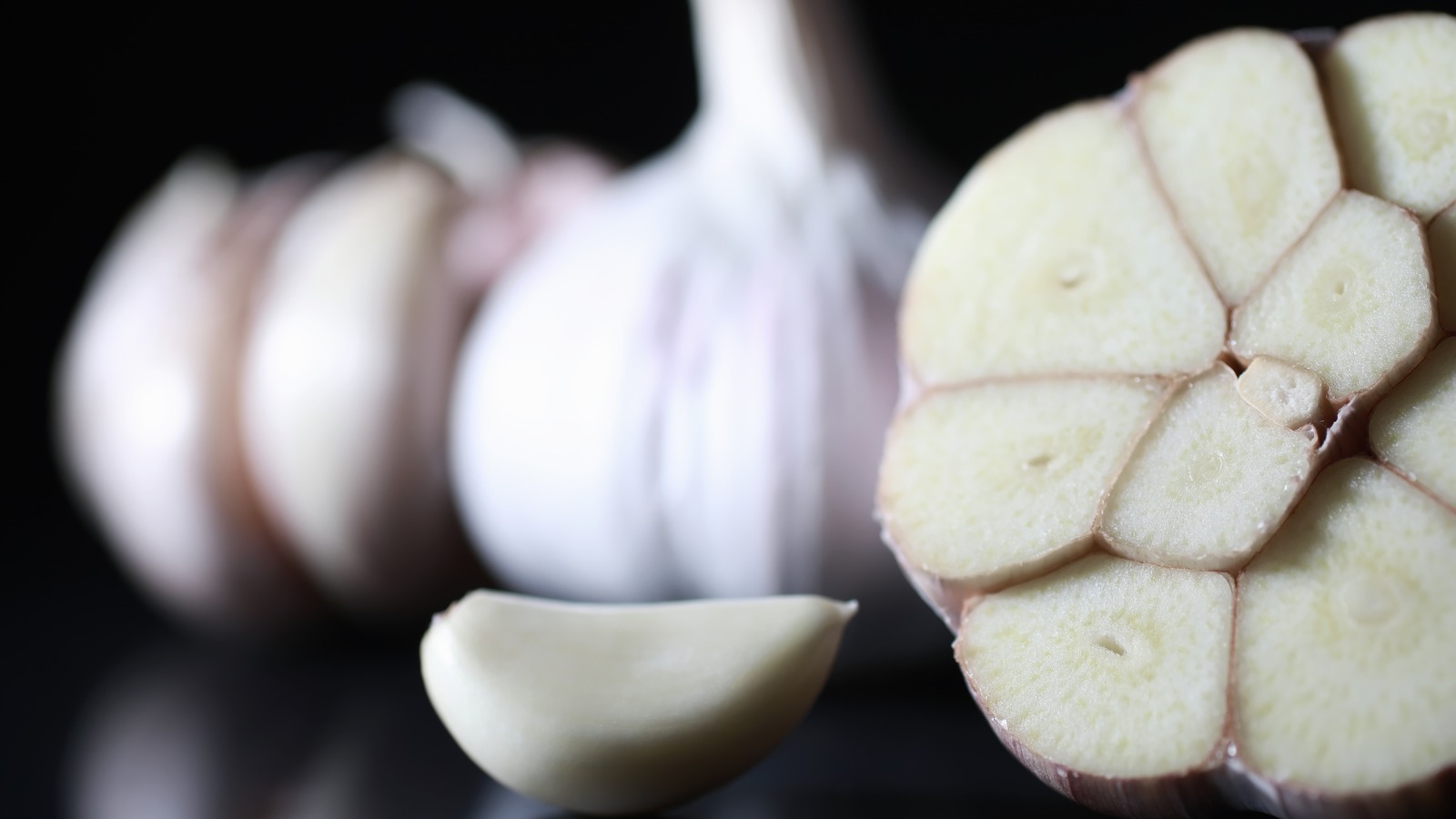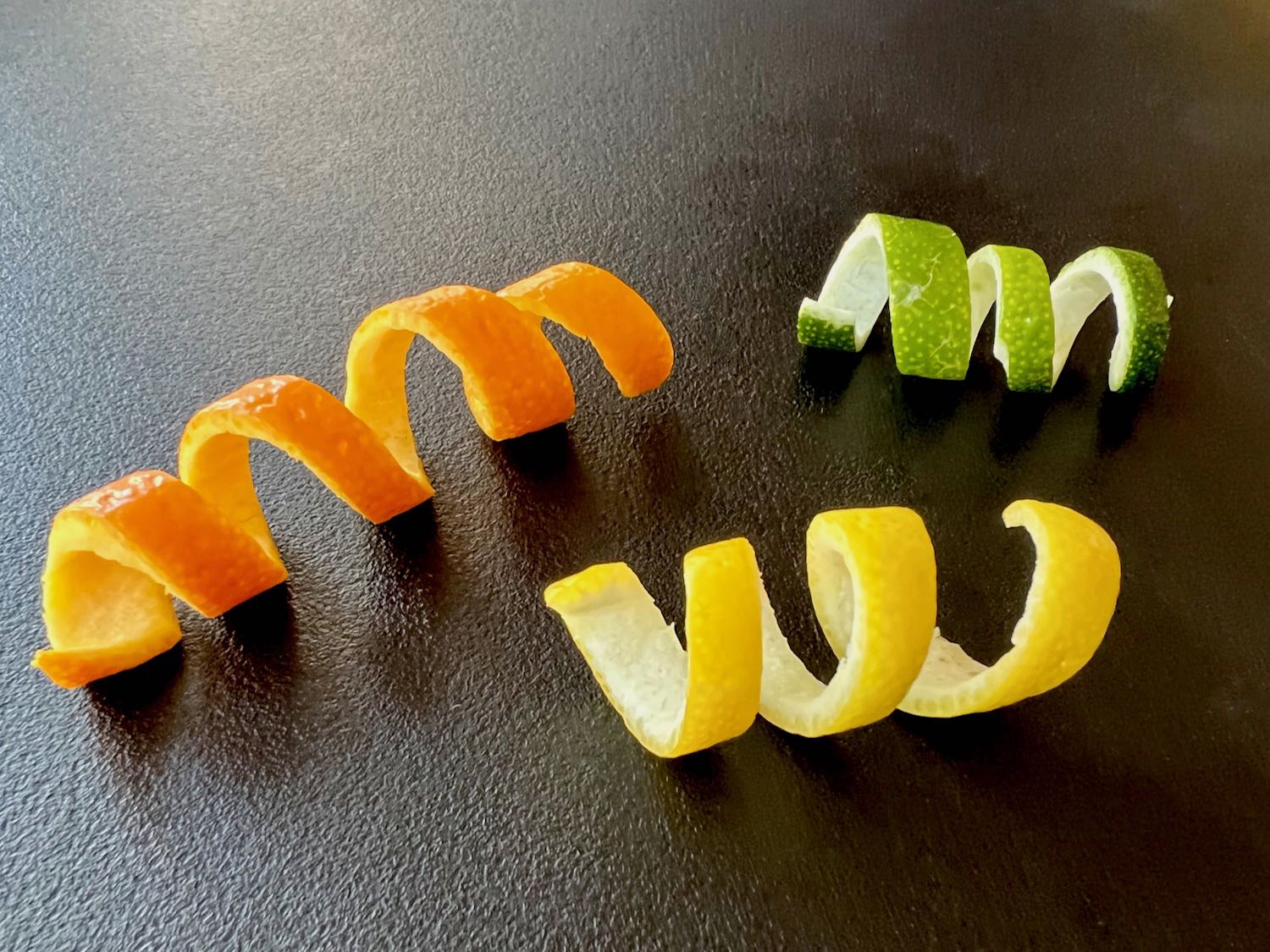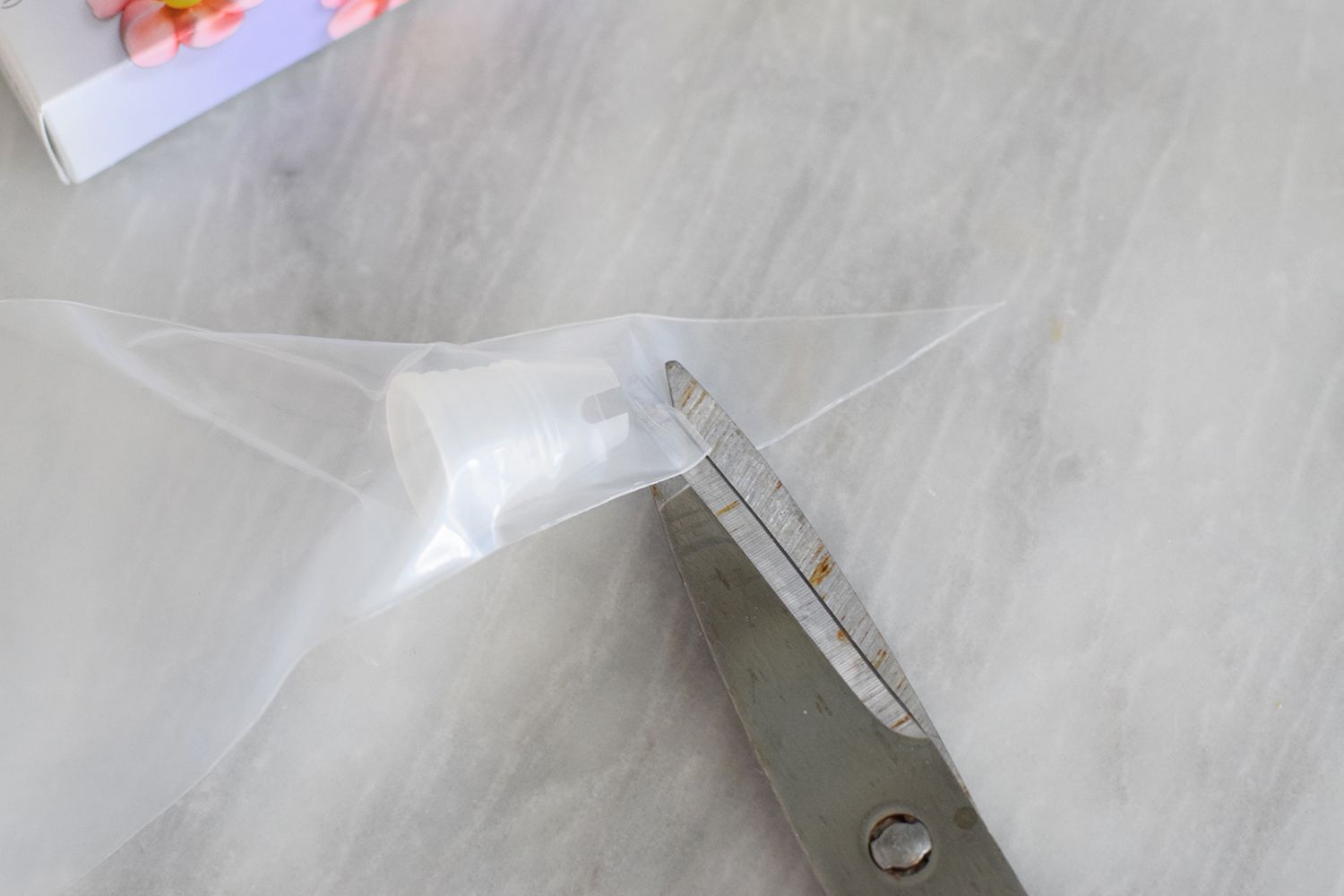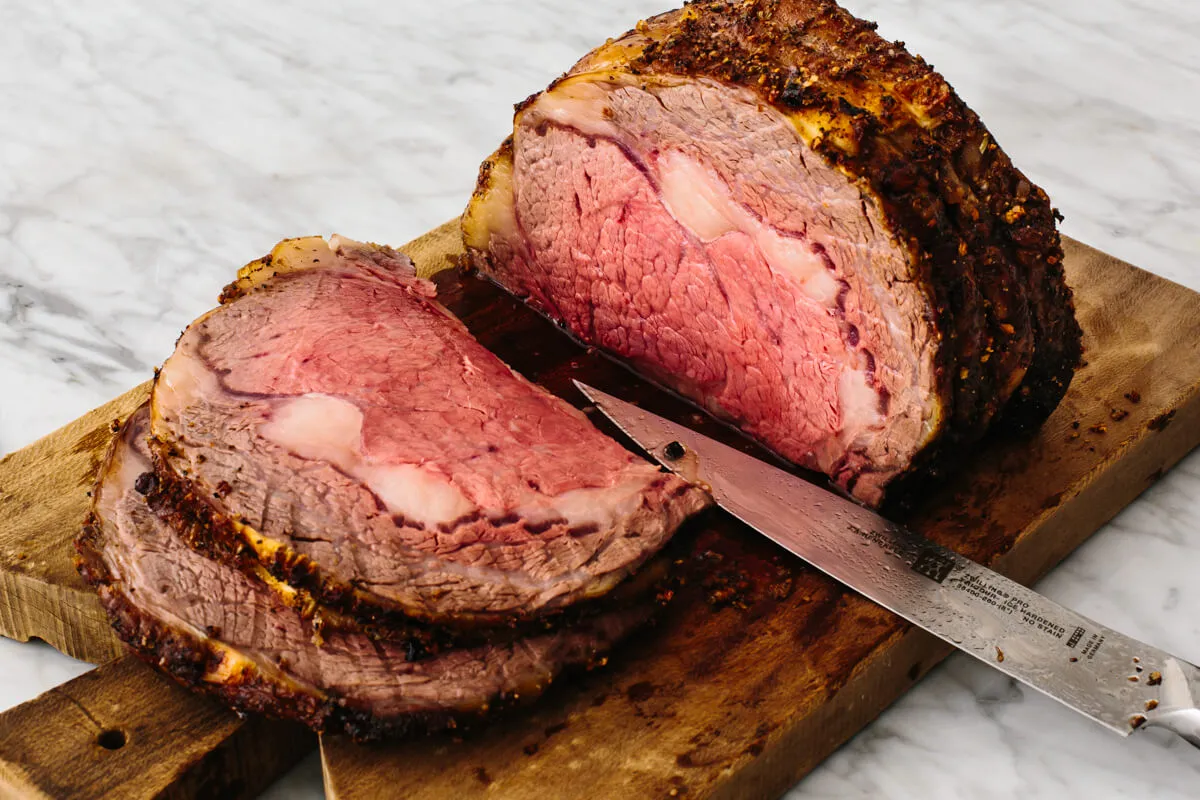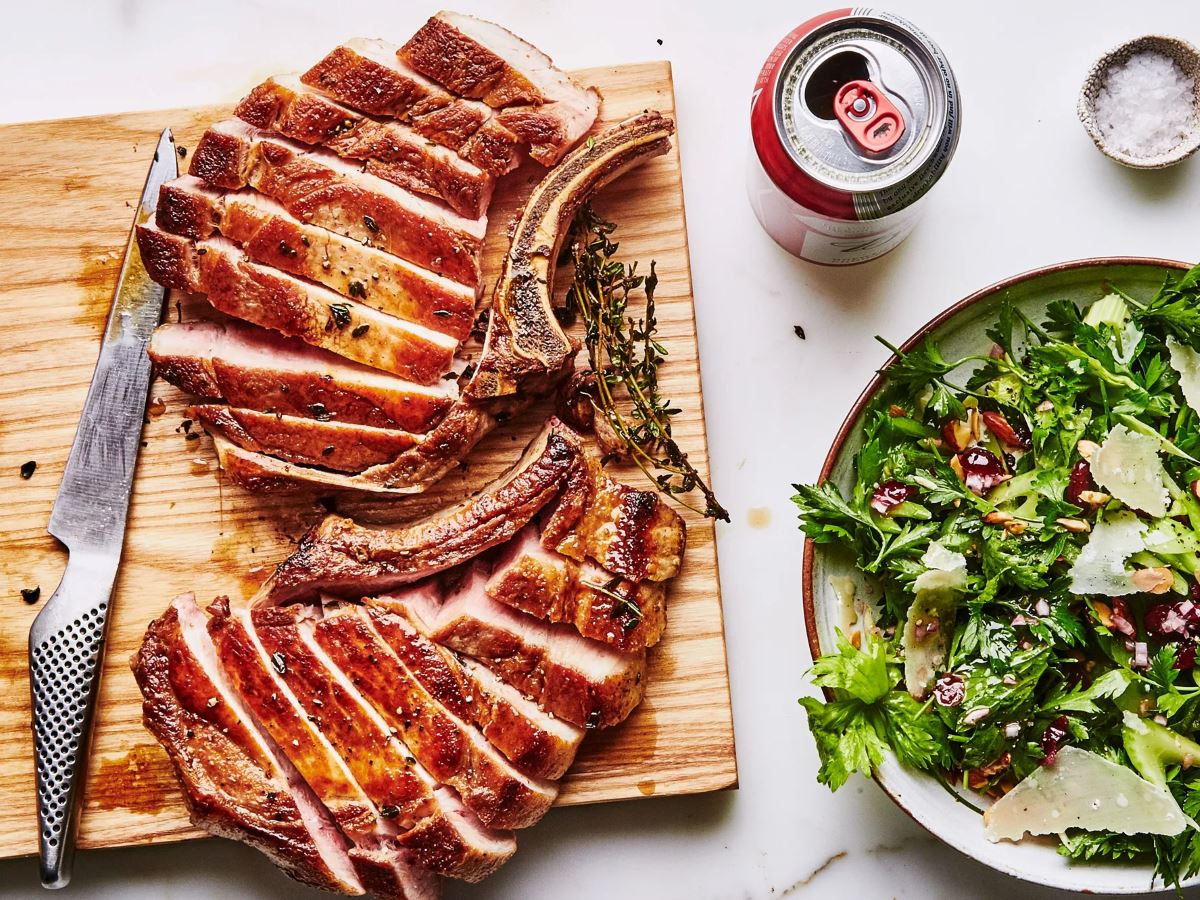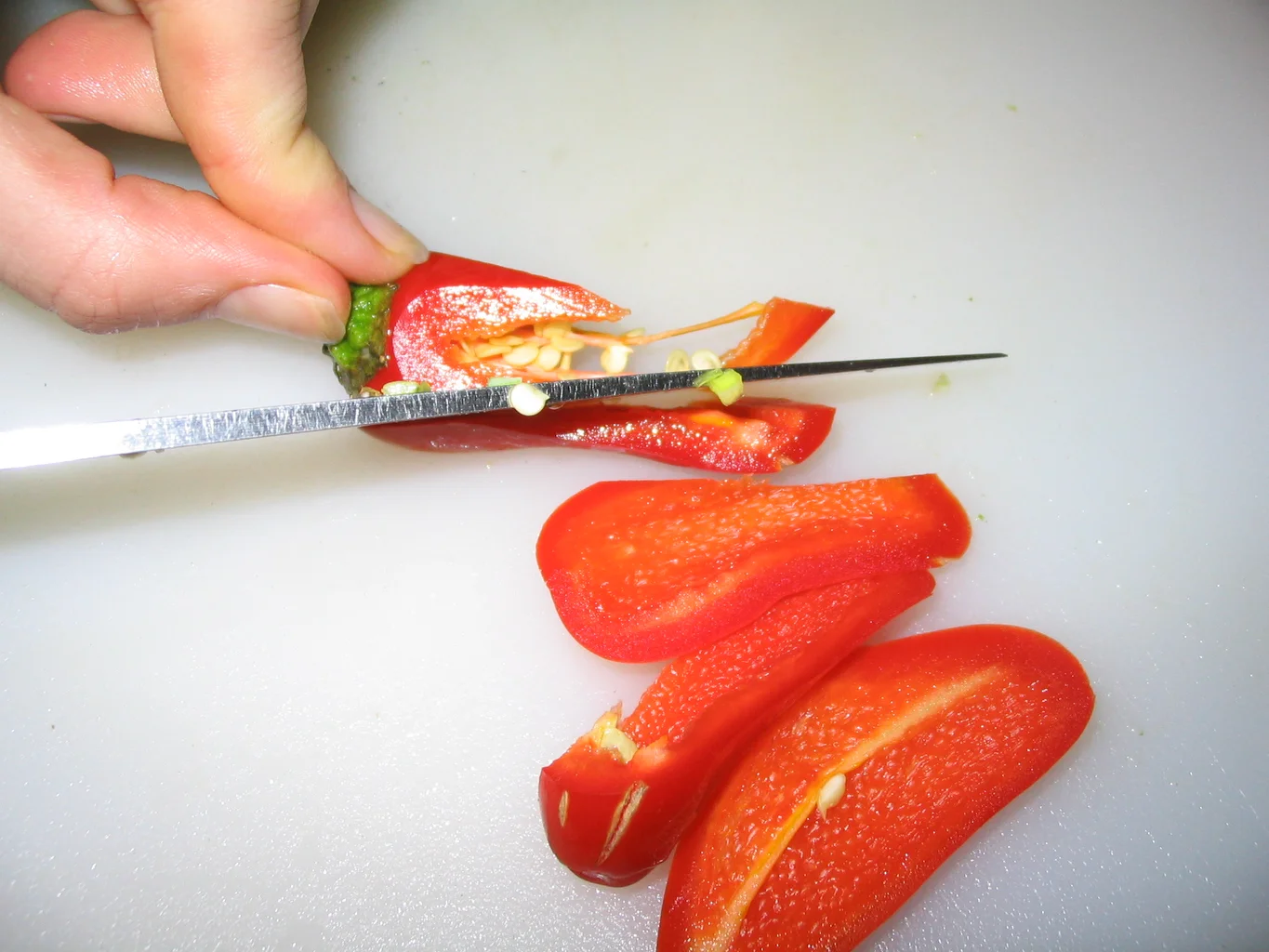Cutting raw meat against the grain is a simple yet crucial technique every amateur chef should master. This method involves slicing meat perpendicular to its muscle fibers, resulting in tender, easier-to-chew pieces. Whether you're preparing steak, chicken, or pork, understanding how to identify and slice against the grain can transform your dishes. Not only does this technique enhance texture, but it also improves the overall eating experience. With a sharp knife and a bit of practice, you'll soon be cutting meat like a pro, elevating your culinary creations to new heights. Ready to learn? Let's get started.
Essential Ingredients for Cutting Meat Against the Grain
- Sharp chef's knife
- Cutting board
- Raw meat (beef, pork, chicken, or any other type)
Necessary Tools for Perfect Slices
- Sharp Chef's Knife
- Cutting Board
- Meat Tongs
- Paper Towels
Cutting raw meat against the grain means slicing perpendicular to muscle fibers. This technique makes meat tenderer, easier to chew, enhancing overall texture and enjoyment of your dish.
The Importance of Slicing Meat Against the Grain
Cutting raw meat against the grain is crucial for tenderness. Meat fibers, when sliced perpendicular to their direction, become shorter, making chewing easier. This technique ensures juiciness and flavor are locked in, enhancing the overall eating experience.
Chefs and home cooks alike practice this method to improve texture and digestibility of meats. By breaking down the fibers, nutrients are more readily absorbed by the body, making meals not only more delicious but also healthier.
Your Guide to Cutting Meat Against the Grain
-
Identify the grain: Look for the direction of the muscle fibers in the meat. These are the lines running through the meat, which might be straight, diagonal, or wavy.
-
Position your knife: Hold a sharp knife at a 90-degree angle to the grain. This means if the fibers run left to right, your knife should cut up and down.
-
Use a sharp knife: A dull knife can damage the meat's texture. Ensure your knife is well-sharpened to make clean, precise cuts.
-
Slice thinly: For most meats, especially tougher cuts, thin slices are ideal. They tend to be more tender and easier to chew.
-
Steady the meat: Use your non-dominant hand to hold the meat firmly in place. This prevents slipping and ensures even slices.
-
Cut in one motion: Instead of sawing back and forth, try to slice the meat in a single, smooth motion. This helps in maintaining the integrity of each slice.
-
Adjust slice thickness according to use: If you're preparing stir-fry, thinner slices work best. For steak or roast, slightly thicker slices might be preferable.
-
Trim fat first if necessary: In some cases, removing excess fat before slicing can make the process easier and the final product more enjoyable.
-
Practice safety: Always cut away from your body, keeping fingers clear of the blade's path. Use a cutting board that won’t slip.
-
Clean your knife often: Wiping your knife with a clean cloth or paper towel during cutting can prevent meat from sticking to it, ensuring smoother slices.
-
Rest the meat: For cooked meats, letting it rest before slicing can make cutting against the grain easier, as it allows the juices to redistribute.
-
Be patient: If you're new to this, take your time. Speed will come with practice and confidence.
-
Store properly if not using immediately: Wrap unused portions tightly in plastic wrap or place them in an airtight container and refrigerate. This helps in maintaining freshness and texture for future use.
Mastering the Art of Meat Slicing
Cutting raw meat against the grain isn't just a technique, it's an essential skill for any aspiring chef or home cook looking to elevate their culinary creations. By understanding the structure of the meat and applying precise, thoughtful cuts, you unlock tenderness and flavor that can transform a good dish into a great one. Remember, the key lies in identifying those muscle fibers and slicing through them, not along. This method ensures each bite is as tender as possible, enhancing the overall eating experience. Whether you're grilling steaks, roasting beef, or preparing stir-fry, this technique will make a noticeable difference. So, grab your sharpest knife, find the grain, and slice away. Your taste buds, and your dinner guests, will thank you for it.
For those looking to practice cutting raw meat against the grain, there are several recipes that can help you master this technique. The Perfectly Tender Flank Steak Tacos and Classic Beef Stir-Fry are excellent starting points, as both dishes require thinly sliced beef for the best texture and flavor. For a more exotic flair, try the Korean BBQ Beef Bulgogi and Spicy Szechuan Beef, which not only highlight the importance of slicing against the grain but also introduce bold, exciting flavors. Additionally, Mediterranean Beef Kebabs and Chimichurri Marinated Flank Steak offer a great opportunity to practice your slicing skills while creating dishes perfect for grilling and sharing with friends and family.
All Your Questions Answered
Why should I cut meat against the grain?
Cutting meat against the grain makes it tender. When you slice through those long muscle fibers, you're shortening them, which makes each bite much easier to chew. Think of it as doing some of the work for your teeth in advance!
What does "against the grain" actually mean?
Against the grain refers to slicing perpendicular to the muscle fibers in the meat. These fibers look like lines running through the meat. By cutting across them, rather than parallel, you ensure a more tender piece of meat.
How can I identify the grain in meat?
Spotting the grain involves looking for the parallel lines of muscle fiber. Sometimes, they're super obvious; other times, you might need to look closely. Once found, you'll know exactly how to position your knife for that perfect cut.
Is there a specific knife I should use?
Yes, a sharp chef's knife or a carving knife works best. Sharpness is key here because a dull knife might shred the meat fibers rather than slicing cleanly through them. This ensures you get smooth, clean cuts every time.
Can I cut meat against the grain before cooking?
Absolutely, cutting meat against the grain before cooking is a great strategy, especially for marinades. Smaller pieces mean more surface area for your marinade to work its magic, leading to flavorful and tender results.
What meats should I cut against the grain?
Practically all of them benefit from this method, but it's especially crucial for beef, pork, and lamb. Steaks, brisket, and pork loin all turn out much more tender when you pay attention to the direction of your cuts.
Any tips for cutting cooked meats?
Let your cooked meat rest before slicing. This allows juices to redistribute, making your meat moist. Then, slice against the grain for the best texture and flavor. Patience here really pays off in the end.
Was this page helpful?
Read Next: How To Cut Banana Tree
